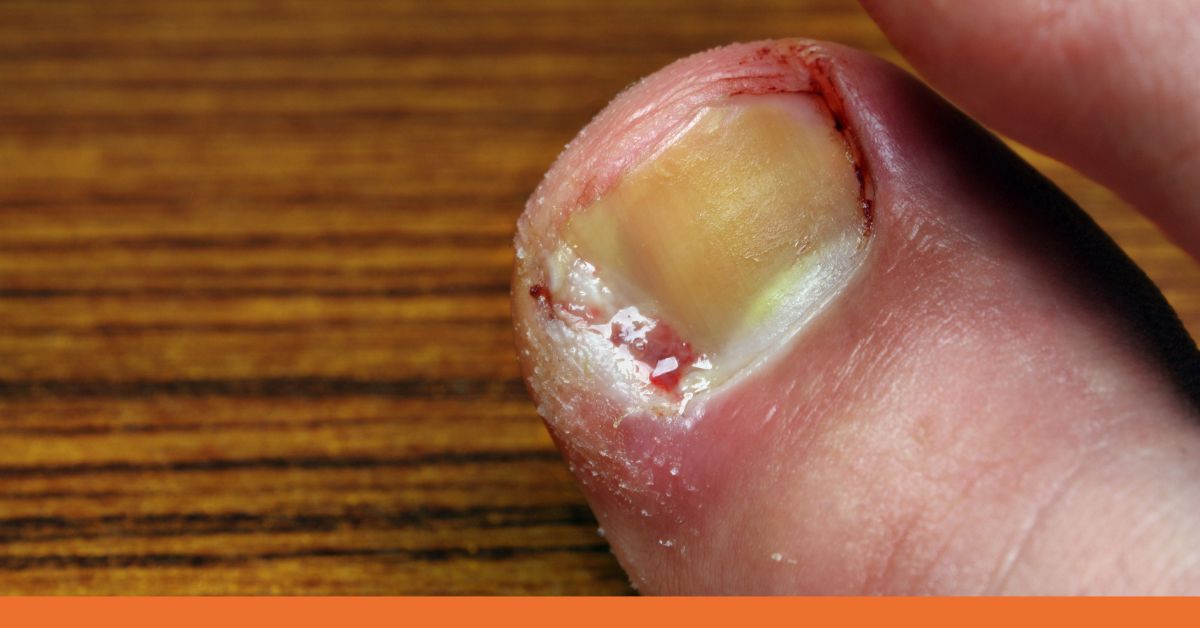It can be surprising to see how something small as a stubbed toe can be painful and dangerous. And next thing you know, your toenail is black and blue! Facing this can be complex as you’d likely have difficulty deciding whether to wrap it up and let it heal on its own, or do you contact a health care provider?
Although you can treat some nail injuries at home, there will be times when you need a professional’s intervention. And it’s best to address toenail trauma ASAP as injuries in this area can significantly impact your life.
Read on to learn more about toenail injuries, the best time to meet up with a health care provider, and how to prevent toenail traumas altogether.
Aside from the rare instance where you stub your big toe, most toenail trauma cases come from repeated exposure to physical trauma. Active athletes, runners, or hikers often develop a condition dubbed “runner’s toe,” which causes a toenail to blacken due to repeated strain on their nails. Usually, this trauma causes bleeding under the nail, also known as “subungual hematoma.“
Toenail injuries can come from unexpected physical trauma, such as accidentally hitting a blunt object with exerted force, dropping something heavy on the nails, or accidentally puncturing it. Aside from that, it can also happen from excess repetitive motion. These can include a hammer or claw toe deformity caused by weight bearing or footwear continually rubbing against the nails when walking, running, jogging, or hiking.

Although injuries to your toenails’ bed or tip are common in the feet and are treatable, when left untreated, these can lead to more severe medical conditions.
Untreated lacerations or other signs of bacterial infection on the soft tissue can infect the bones underneath. And once that reaches your bones or gets into your bloodstream, you’ll likely need a course of IV antibiotics to treat it. Or worse, you may need a partial digital amputation if the infection spreads throughout your body or when the condition is severe enough. Doing so stops the spreading to your other body parts.


When over 25% of your nail plate is bleeding underneath, there’s a high chance of you having a subungual laceration or a fractured bone. If this is the case, get urgent care to avoid infection. If the nails are intact and there’s under injury to their nail bed and excess pressure, it can lead to persisting pain on your toenails that may last for a few hours or several days.
Usually, draining the hematoma will be the only safe and efficient way to give you relief. And this is only possible via sterile technique, ensuring the bacteria doesn’t get into your wound or blood.
Generally, when nearly 25% of the nail blackens, the doctor will remove it to check the nail bed underneath. Once inspected, the physician will flush the blood and clean and repair the laceration. Moreover, they’ll take your X-ray to see if you have broken bones. And if detected, doctors repair exposed bones or bone fractures via surgery.

Toenails can take over a year to grow back, and the new growth might not look the same as what you had before. Any nail damage can lead to noticeable changes, making your nails look unusual. You may see grooves or ridges on your nails, which can look misshapen. Depending on the severity of the damage, these changes can be temporary or permanent.
Although you might not be able to stop some toenail injuries from happening, here are some things you can do to protect your toes:
If you’re experiencing any of the symptoms mentioned above after getting your toenail injury, seek immediate care from a reliable urgent care clinic in Fairfield, CT, for an accurate diagnosis and efficient treatment ASAP. DOCS Fairfield Urgent Care in Fairfield, CT, offers all medical emergencies including toenail injuries, providing quality care for all patients.

During this surge in COVID-19 cases, our primary focus is meeting the high demand for tests, and we are seeing higher than usual wait times. This means we are unable to answer most phone calls. Please know that our teams are working very hard during this time to care for as many patients as safely as possible. Please click the button below for answers to common questions. We appreciate your understanding.